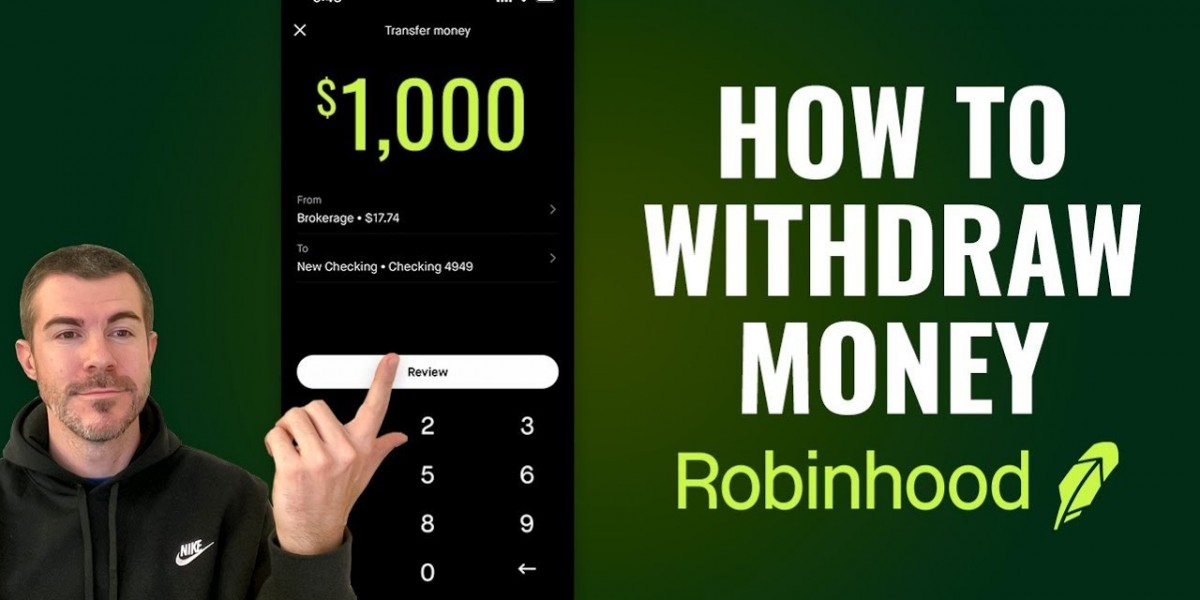Top 5 Affiliate Pay Plan Styles
An affiliate marketing strategy is a revenue-sharing plan where an online automated marketing program lets influencers place an advertiser's ads or links on their website, blog, or social media accounts. They earn a specific amount of money whenever a visitor clicks on these links or makes a purchase. Today, we're going to discuss the top five affiliate pay plan styles.
1. Pay-Per-Sale (PPS)
Pay-per-sale is the most widely recognized affiliate marketing scheme. Affiliate partners are rewarded a commission whenever a purchaser buys a product or service through their referral link. The advertiser pays the affiliate after the customer purchases their product. This method can yield large profits for the affiliate, but it also carries the risk of low conversion and high competition.
2. Pay-Per-Click (PPC)
Pay-per-click is another widely recognized affiliate pay plan where an affiliate is rewarded based solely on the number of clicks they generate, regardless of what happens after the click occurs. This scheme often yields lower profits per click compared to pay-per-sale, but it tends to have a higher conversion rate because the affiliate stands to profit just from generating clicks.
3. Pay-Per-Lead (PPL)
In a pay-per-lead scheme, an affiliate is paid when they direct a potential client to the advertiser's website, where the client provides information (such as signing up for a newsletter or filling out a form). While this is a lower-risk and higher-conversion plan, it often yields lesser commissions compared to pay-per-sale and pay-per-click schemes.
4. Multi-Tier
Multi-Tier schemes are complex affiliate marketing structures involving multiple levels or "tiers". When an affiliate enrolls someone else into the scheme, they will receive commissions from their referral's conversions - essentially, the affiliate earns from their direct performance and the performance of those they refer. Advanced systems can have several tiers where the affiliate can earn from several levels of referrals.
5. Lifetime Commissions
Lifetime Commission schemes promise affiliates a commission for the referrer's lifetime. The affiliate earns a commission for the initial sale and the customer’s future purchases, as long as the customer sticks with the branded service or product. Despite being a lucrative scheme, it’s rarely offered due to the potential, long-term commitment from advertisers.
Each scheme has its merits, so affiliates should carefully consider each one to find which works best with their reach, market, and strategies. With the right strategy and understanding, affiliate marketing can become a lucrative form of passive income.



